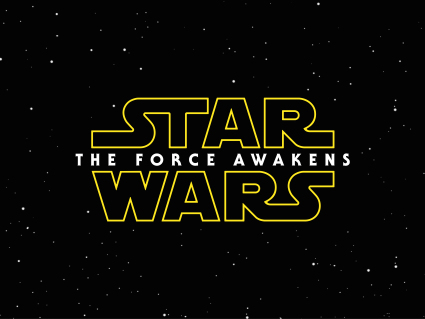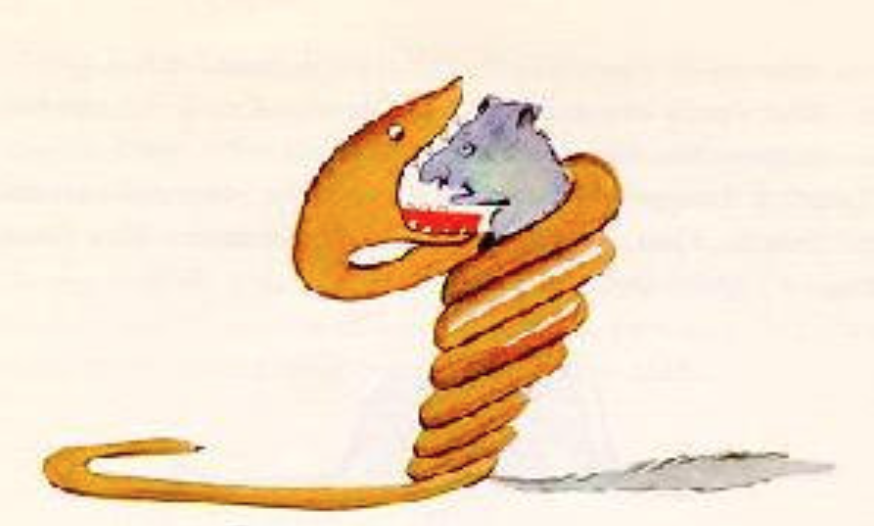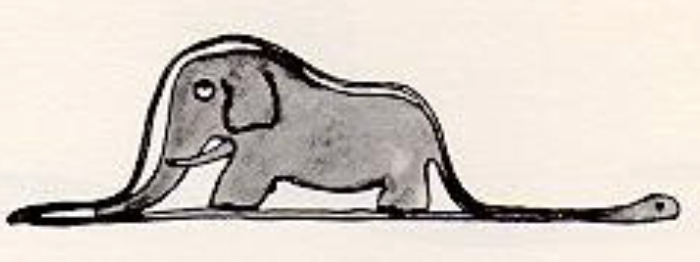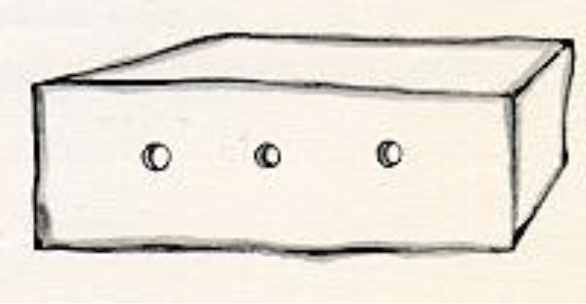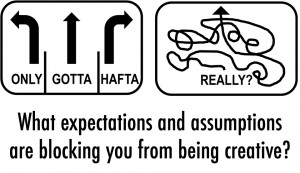“The child starting school this year will graduate in the 3rd decade of the 21st century, a world that will have challenges and opportunities beyond what we can imagine today, with possibilities and problems that will demand creativity, ingenuity, responsibility, and compassion. Whether this year’s student will merely survive or positively thrive in the decades to come depends in large measure on the experiences he has in school”
OWP/P Architects, VS Furniture, & Bruce Mau Design. (2010). The third teacher: 79 ways you can use design to transform teaching and learning. New York, NY: Abrams Books.
Kids speak out on student engagement in Edutopia (2015): “I think having freedom in assignments, project directions, and more choices would engage students. More variety = more space for creativity.”
To what extent do students need/deserve:
1. Freedom
2. Choice
3. Variety
4. Creativity
5. Engagement

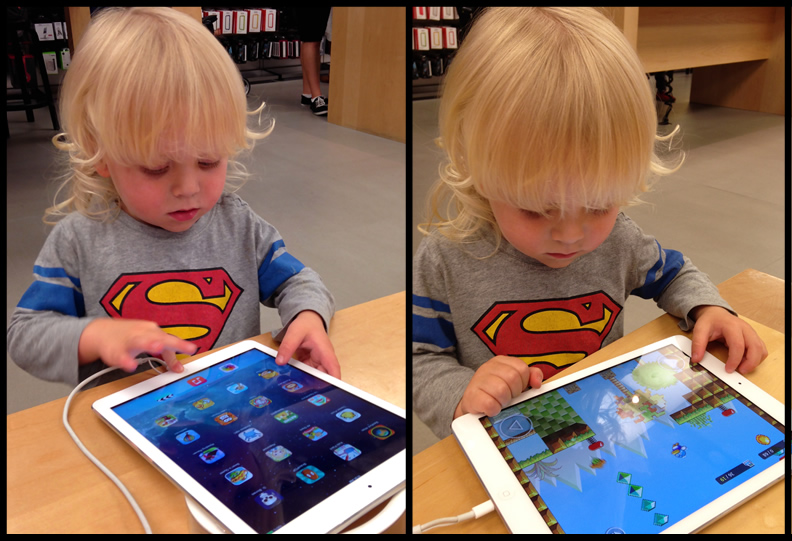
 Follow
Follow